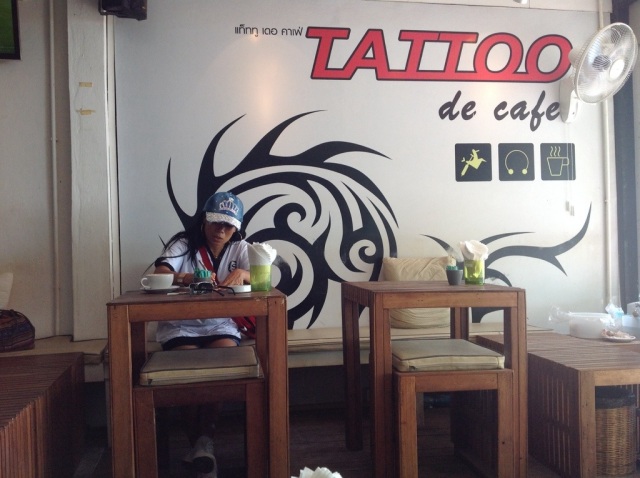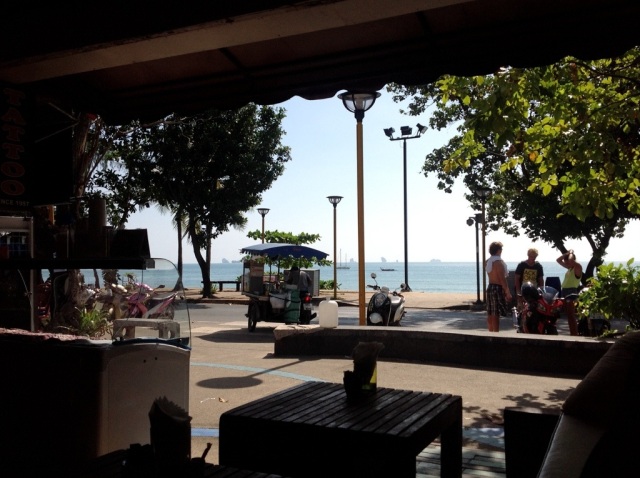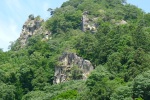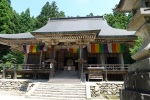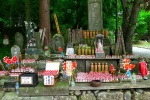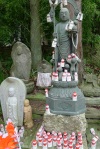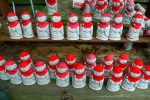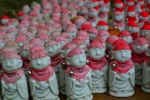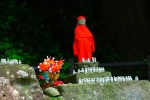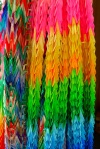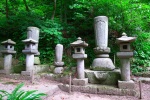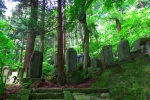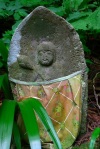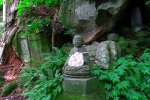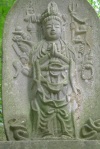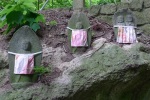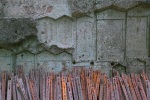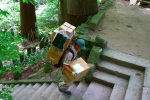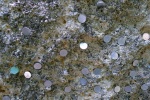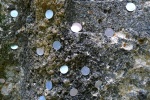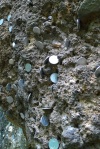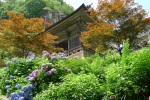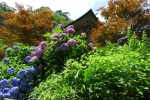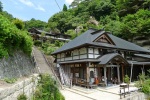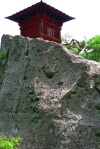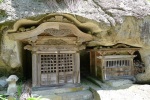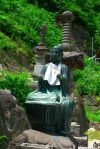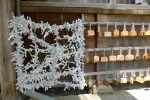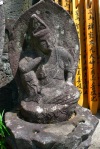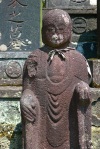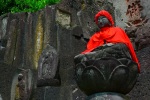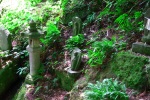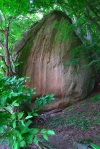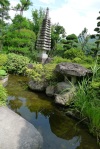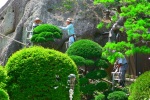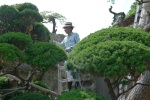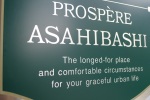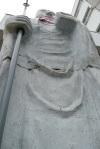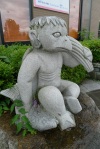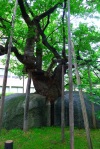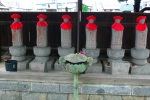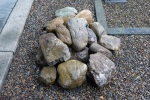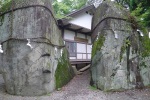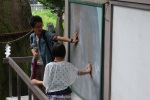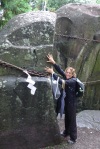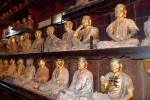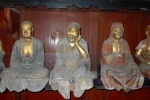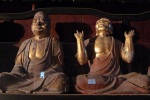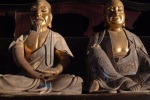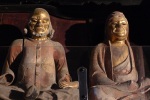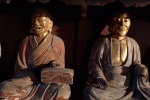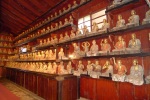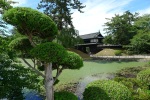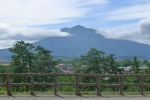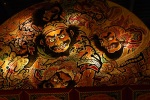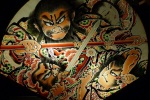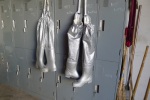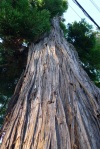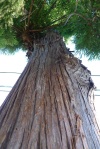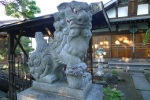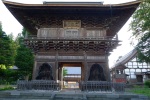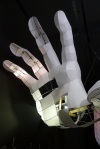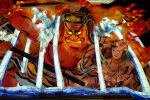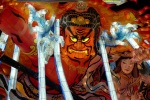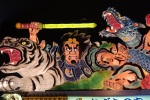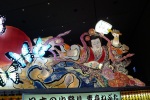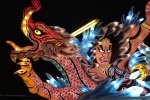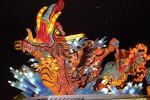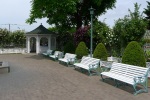In the early morning, before the heat has become oppressive,
Ao Nang Beach wakes up in stages.
The Muslim fruit seller is already at her stand down the street from our hotel, offering delicious iced, fresh coconut, ready for us to drink the abundant coconut water, and to use our plastic spoons to scoop out the fresh white coconut meat inside.
At 40 THB for both fruit juice and snack, it is truly a bargain!
As we walk down to the road that parallels Ao Nang Beach, tourists are already taking longboats over to nearby Raily Beach, which is such a popular destination for cliff-diving and rock climbing, that photos we’ve seen of it online suggest that there isn’t even much room available there to relax and enjoy the cool waters of the Andaman.
The T-shirt and souvenir shops are already open, their brightly colored goods beckoning to the passing tourists, while the young owners who tout their wares are at the moment silent, enjoying their breakfasts of rice topped with either an egg, or chili paste, or a few vegetables, packed into white styrofoam containers.
The Indian tailors, perhaps suspecting that their target market of older and more conservative tourists are not yet up and about, haven’t yet bothered to open, while the women of the massage parlors prepare for the long day ahead by eating their own breakfasts, often homemade, scooped from aluminum pots they have brought from home.
Some of the Thai restaurants do serve breakfasts, while the Egyptian, Italian, and fresh seafood places are just beginning to get ready for the lunch and dinner crowds to come.
The sound truck advertising the next Muy Thai boxing match to take place at nearby Krabi stadium – “You haven’t seen Thailand until you’ve seen Muy Thai! Monday night, Monday night, Monday night!!! See the greatest champions compete Monday night, Monday night, Monday night!!! – is silent at this hour, lending a peace and calm to this busy beachfront strip of asphalt, sand and shops.
In both Phuket and Koh Phi Phi, the Muy Thai trucks also tout competitions among great champions, but the posters plastered everywhere feature photos of Aussies, Brits, and other European guys earnestly posed in traditional fighting postures – not a Thai fighter to be seen anywhere! I wonder if it is the same situation here in Krabi…
We find a superb little eatery down an alley off the main drag, with an Indian man running the front of house, all six tables of it, and his Thai wife cooking in the kitchen in the back.
He informs us when we stop by that they are fully equipped to serve vegetarians – they even use a separate set of kitchen ware and dishes for vegetarians – and that we are welcome to sit and order whatever we’d like.
While his wife cooks, the owner tallies yesterday’s receipts, not with a laptop, but with a small battery-operated calculator and the food and drink orders written out on paper. Once he finishes with the tally, he rips up the receipts and tosses them in the trash.
There is time to observe this small family operation, since everything is prepared to order, right down to the rice for the vegetable fried rice we order to go with a vegetable green curry and a papaya salad. The food is excellent, and they smile proudly when we tell them so.
After we relish every bit of our delicious breakfast, we head to a small cafe offering free wifi, coffee, tea, ice cream, and tattoos, courtesy of a tattoo studio at the back of the shop that has huge reclining chairs like you’d see in a dentist’s office in the 70’s.
It’s too hot and sunny to head for the beach yet, so this is a perfect time for a tea and some journal writing.
We sit in the cafe and nurse our teas, undisturbed by the young owners, who yawn and chat with each other, waiting for the next tourist to stop in, for a coffee, or perhaps a large winged dragon on his back.
Ao Nang at this hour manages to be both frenetic and laid back, all at once.

